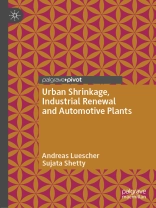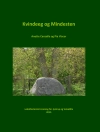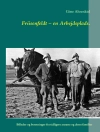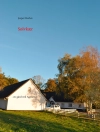This book focuses on the relationship between the auto industry and the built environment at multiple scales, a topic of particular interest now as the industry is going through a period of major transformation. Drawing from multiple perspectives, including architecture, urban design and urban planning, the authors examine the changing form of the auto factory itself, the changing geography of auto production, and the challenges faced by communities as the auto plants that once brought them prosperity, and often a sense of identity, leave town. They examine four places that are dealing in different ways, and with varying success, with the aftermath of a decommissioned auto plant in their midst. These are Janesville, Wisconsin, and Willow Run, Michigan, in the U.S., and Bochum, Germany, and Genk, Belgium, in Europe. Together these four cases provide some clues about what the future might look like for places that were once intimately connected with the manufactureof cars.
विषयसूची
1. Automotive Production and its Relationship with the Built Environment.- 2. The Packard Plant a Failed American Model of Transformation.- 3: Strategies to Address Decommissioned Automotive Plants.- 4: Examining Transitions in Four Case Studies.- 5: The Future of Automotive Plants.
लेखक के बारे में
Sujata Shetty is Interim Director of the Jack Ford Urban Affairs Center and a Professor in the Department of Geography and Planning, at the University of Toledo, Ohio. She is trained as an architect and urban planner. Her research explores the role of planning in under-resourced communities from multiple perspectives, including land use planning, urban design and community development, particularly in old industrial cities facing population loss.
Andreas Luescher is a Swiss architect, who is currently Professor and Chair of Architecture and Environmental Design at Bowling Green State University in Ohio. His research is on design processes in architecture, design and urban design from an aesthetic, social, public policy, sustainability as well as visual culture perspective. He has written more than 80 papers for presentation at national and international conferences as well as for publication in leading international academic journals.












